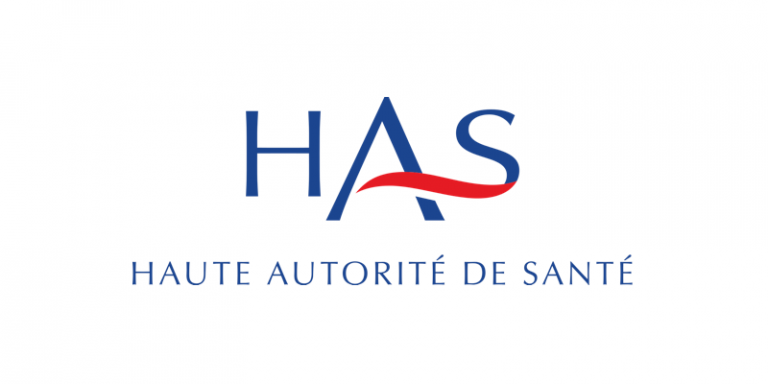
4 categories, 11 types of digital solutions are proposed by the Haute Autorité de Santé (HAS) in this first classification. This system has been developed in the context of the multiplication of digital tools that can be used in today’s health care. The solutions examined are classified according to their purpose of use, their capacity to provide a personalised response and their autonomy, i.e. their ability to act with or without human intervention. The objective of the HAS is to help the actors to find their way around and contribute to a better integration of these tools in the health and medico-social sector.
Reduce travel, lighten the burden on the health care system, help with home care, facilitate post-hospitalization follow-up… The Covid-19 pandemic highlighted the enormous potential of digital solutions, which could be further enhanced by the integration of artificial intelligence.
However, the diversity of digital solutions goes hand in hand with their great heterogeneity, linked to their technological nature, their functionalities and the public for whom they are intended (patients, carers, healthcare professionals, etc.). Digital solutions are also distinguished by other criteria such as their status (medical device or not), their evaluation process and/or the repositories that are required of developers, their possible coverage by the Health Insurance…
On 1 April 2020, one year after its “prospective analysis of digital (r)evolution”, the French National Authority for Health decided to propose a classification tool for digital solutions used in healthcare.
4 categories, 11 types of digital solutions
The HAS thus drew up a project, then submitted it for 3 months for public consultation with all the players in the sectors involved in the development or use of digital solutions.
After analysing the 76 contributions made, which showed a marked interest in the project, the Haute Autorité de Santé (HAS) developed a classification that is simple to use. It includes a total of 11 types of digital solutions classified into 4 levels (A, B, C, D), according to their purpose of use, their capacity to propose a personalised response and their autonomy in decision-making (those requiring human intervention to implement a therapeutic, screening or diagnostic action, and those generating the same type of action on their own, i.e. without prior human intervention).
A grid to be completed by a matrix vision
This classification grid has been designed as a basic reference tool for the various potential actors and for multiple uses. For it to be fully useful, it will have to be fed over time and according to its uses by other parameters of a regulatory nature (medical device or not, data protection, level of risk according to the future European regulation, etc.), technical (need for interoperability or not, etc.), and economic (assessment with a view to treatment? by which actors? etc.).
At national and European level, the digital framework is being built, particularly on issues of autonomy and artificial intelligence. The grid proposed by the HAS could help to structure exchanges and, ultimately, contribute to the efficient integration of digital solutions in the health and medico-social dimensions of the health system.
- Level A: Support services for patients, caregivers or professionals in the context of care or care pathway optimization or medical/socio-administrative management without direct action on patient health: shared medical record (DMP), online appointment scheduling software, geolocation application for public health purposes, etc.
- Level B: Non-personalized general user information on living conditions, hygieno-dietary rules, pathologies/handicaps or any health condition (in the broadest sense of the term), health, care or life paths, etc. Also provides training materials or tools for healthcare professionals.
- Level C: Support for life, prevention, screening, diagnosis, observance, monitoring or treatment of a pathology, health condition or disability situation, without autonomy of the digital solution in the management of the therapeutic decision. This level alone comprises 8 categories according to the various functionalities of the solutions at this level. A few concrete examples: audiodescription application for the blind; application enabling people with disabilities to request assistance to solve a specific problem from connected volunteer caregivers; remote monitoring system that enables a healthcare professional to remotely interpret and manage patient data; connected emergency alert bracelet for the elderly, ovulation period prediction tool; gamification solution applied to the treatment of psychiatric pathologies; wrist tensiometer connected to the patient’s mobile phone, software associated with a chest band to detect respiratory pauses in order to diagnose sleep apnea…
- Level D: Autonomous decision management after data analysis and diagnosis in order to automatically adjust the treatment to be administered, without human intervention : e.g. system that analyses data from a continuous glucose monitor used by a diabetic patient and will automatically adjust the basal rate or administer a bolus dose without the patient’s intervention (artificial pancreas); cardiac defibrillator implanted with a remote monitoring solution that analyses data from a cardiac monitor, delivers a shock in the event of cardiac arrest and can transmit alerts to the professional monitoring the patient…
Translated from La Haute Autorité de Santé dévoile sa classification des solutions numériques utilisées en santé









